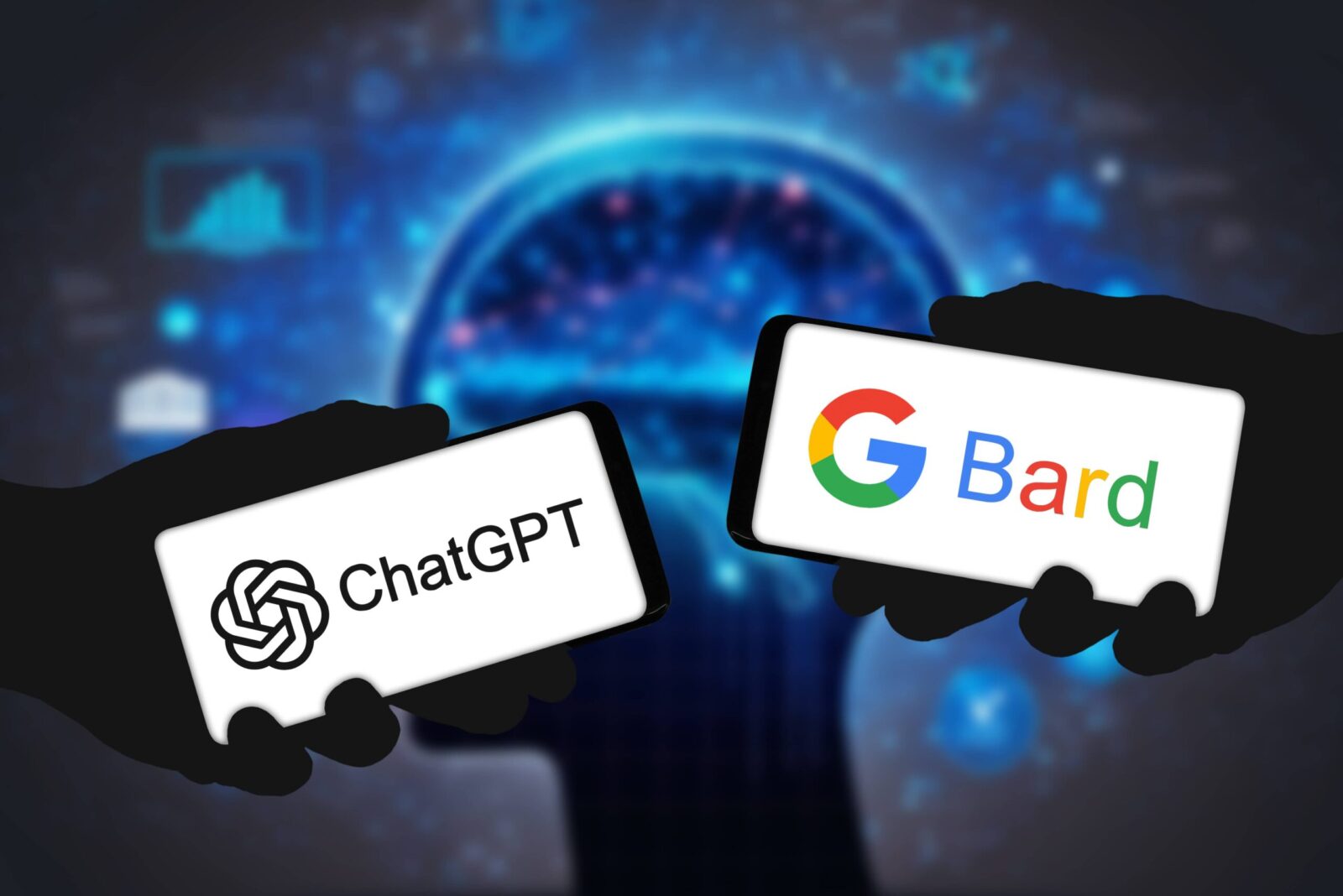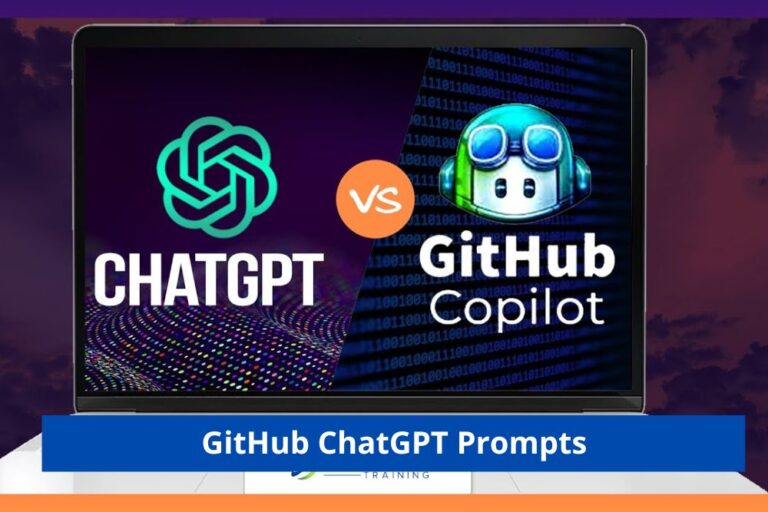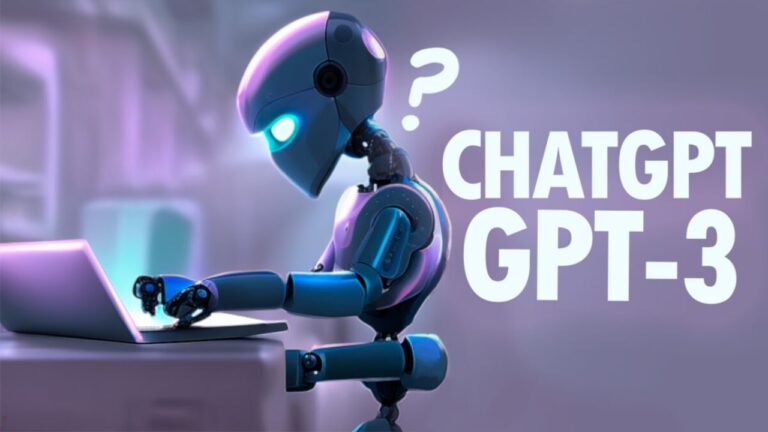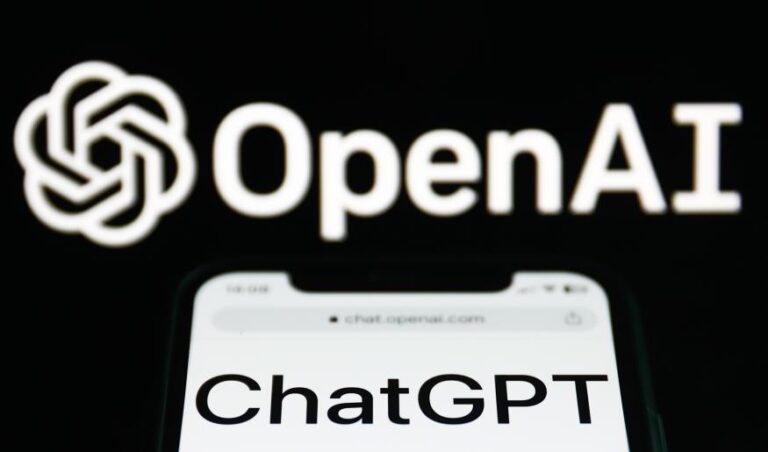Google Bard vs ChatGPT: Exploring the Battle of AI Language Models
The Rise of AI Language Models
The advent of AI language models has marked a significant milestone in the world of technology. These models, powered by neural networks, have demonstrated remarkable abilities in understanding and generating human-like text. As they continue to evolve, they hold the potential to revolutionize various industries, from customer support to content creation.
The Need for Conversational AI
In an increasingly digital world, the demand for conversational AI has surged. People want more natural and meaningful interactions with machines. This is where language models like Google Bard and ChatGPT come into play. They promise to bridge the gap between humans and machines by enabling chatbots and virtual assistants to communicate fluently and intelligently.
Meet Google Bard
Understanding Google Bard
Google Bard is Google’s foray into the world of AI language models. It boasts state-of-the-art natural language processing capabilities, making it a formidable contender in the field. Bard is designed to understand context, generate coherent responses, and facilitate engaging conversations.
Key Features and Advantages
- Contextual Understanding: Google Bard excels at understanding the context of a conversation, allowing for more meaningful interactions.
- Multilingual Support: It can communicate effectively in multiple languages, making it a versatile choice.
- Customization: Businesses can fine-tune Bard to align with their brand voice and specific needs.
Real-world Applications
Google Bard finds applications in customer support, content creation, and even creative writing. Its ability to maintain context and generate human-like responses makes it a valuable asset for organizations seeking to enhance user experiences.
ChatGPT in Action
An Introduction to ChatGPT
ChatGPT, developed by OpenAI, is another heavyweight in the AI language model arena. Like Google Bard, ChatGPT is designed for natural language understanding and generation. It has made significant strides in providing conversational AI solutions.
Strengths and Unique Features
- Generative Power: ChatGPT is known for its ability to produce coherent and contextually relevant responses.
- Fine-tuning: Users can fine-tune ChatGPT to suit specific applications, making it adaptable for various industries.
- OpenAI’s Research: Continuous research and development ensure that ChatGPT remains at the forefront of AI language models.
Practical Use Cases
From chatbots to content generation, ChatGPT has found applications across domains. It’s employed in customer service, e-commerce, and content creation, demonstrating its versatility.
Face-off: Google Bard vs ChatGPT
Let’s pit these two AI language models against each other and explore their capabilities in key areas.
Language Generation Capabilities
Both Google Bard and ChatGPT excel in generating human-like text. They can draft emails, write articles, and even compose poetry. However, ChatGPT often shines in creative writing due to its ability to provide contextually rich responses.
Natural Language Understanding
Understanding user intent is crucial in conversational AI. Google Bard’s contextual understanding is commendable, but ChatGPT’s fine-tuning capabilities allow it to excel in specific industries, such as healthcare and finance.
Conversational Skills
Both models can engage in meaningful conversations, but ChatGPT’s continuous learning and research give it an edge in maintaining context over extended interactions.
Customization and Integration
Google Bard offers customization options, but ChatGPT’s fine-tuning capabilities make it a more adaptable choice for businesses with unique requirements.
Choosing the Right AI Language Model
The choice between Google Bard and ChatGPT depends on your specific needs. Consider factors like your industry, the type of interactions you want to facilitate, and the level of customization required. Both models have their strengths, and the decision should align with your goals.
Conclusion
In conclusion, Google Bard and ChatGPT represent the pinnacle of AI language models. They have ushered in a new era of conversational AI, enabling businesses to enhance user experiences and streamline operations. As these models continue to evolve, we can expect even more exciting developments in the field of AI language processing.
The choice between Google Bard and ChatGPT ultimately boils down to your unique requirements. Whether you opt for the contextual understanding of Bard or the fine-tuning capabilities of ChatGPT, these AI language models have the potential to transform the way we interact with technology.
FAQs
- What sets Google Bard apart from ChatGPT?
- Google Bard excels in contextual understanding and multilingual support, while ChatGPT offers fine-tuning capabilities and continuous research updates.
- Can I use ChatGPT and Google Bard for business applications?
- Yes, both models find applications in various industries, including customer support, content generation, and more.
- How do these models handle multiple languages?
- Both models have multilingual support, making them versatile for global applications.
- Are there any ethical concerns surrounding AI language models?
- Ethical considerations include bias and misuse, which must be addressed when implementing AI language models.
- What does the future hold for AI in language processing?
- The future of AI language processing is promising, with advancements expected in natural language understanding, customization, and ethical use.






